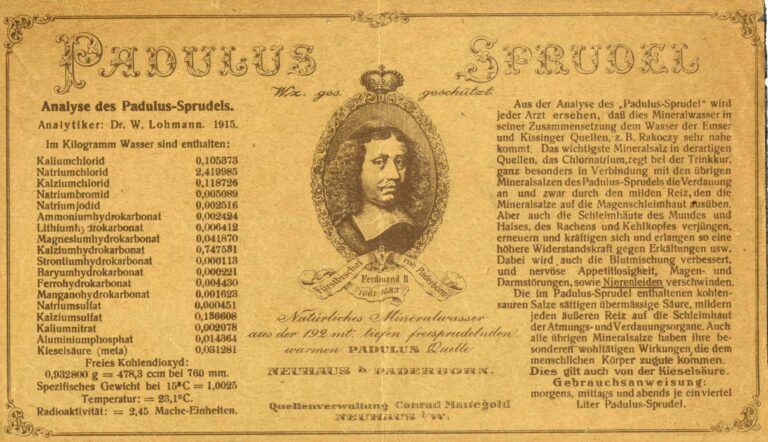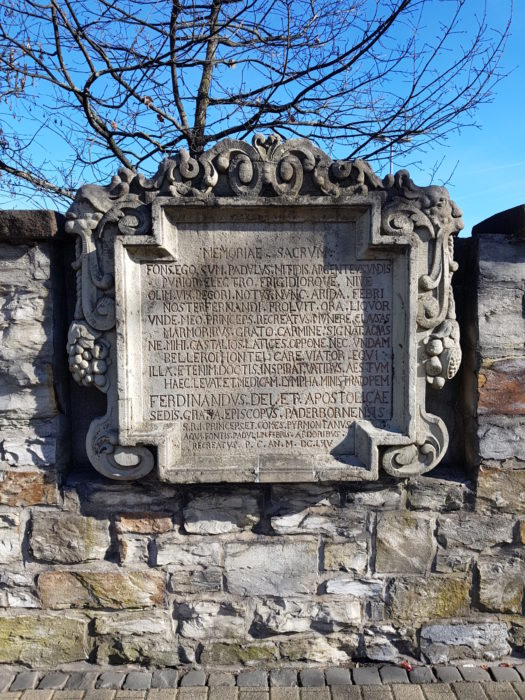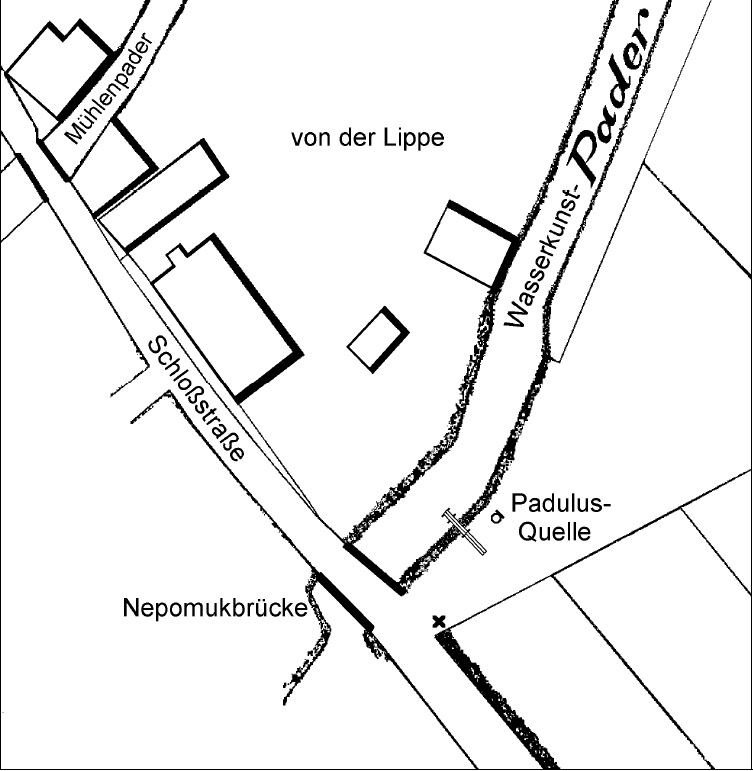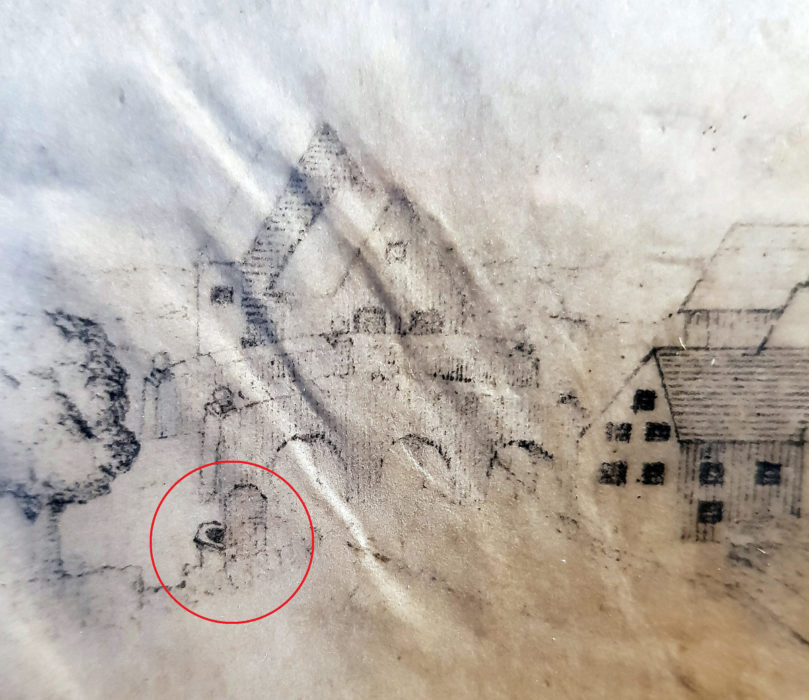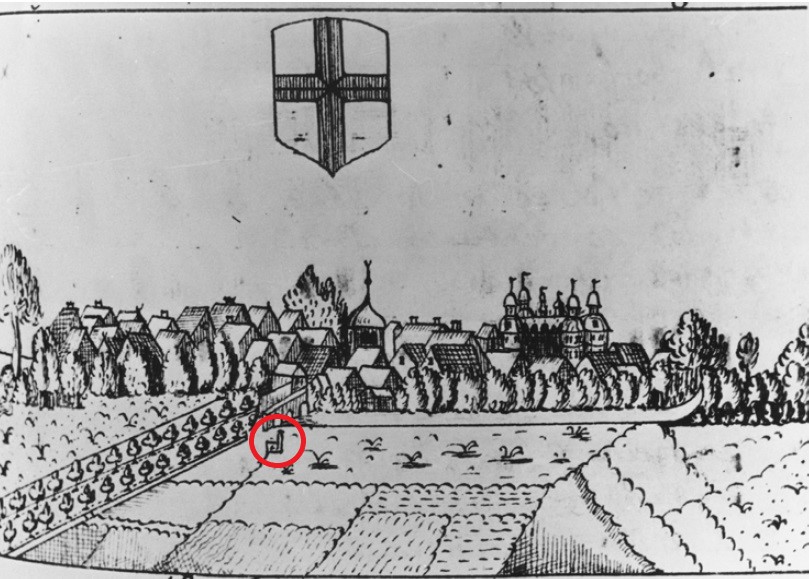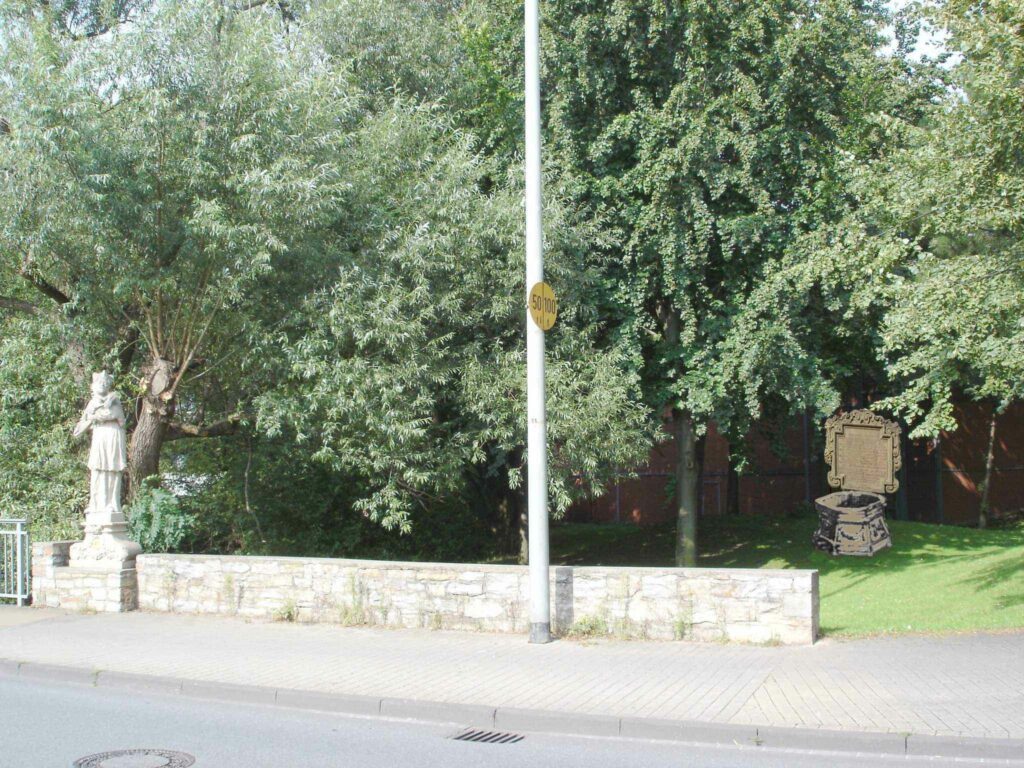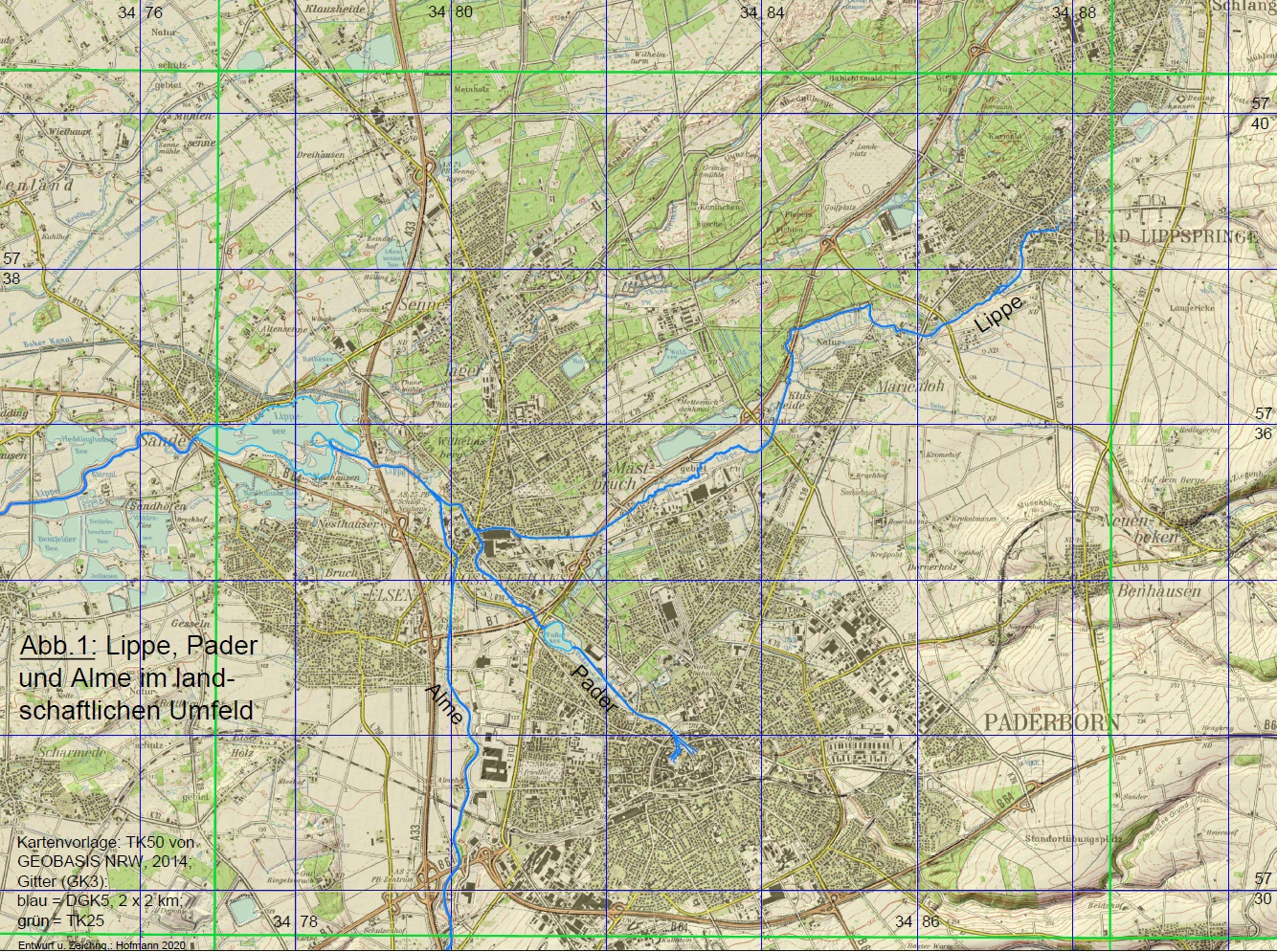[1] Dirk Strohmann, Johann Georg Rudolphi 1633-1693, Das druckgraphische Werk, Paderborn 1981.
[2] Excerpt from: Jos. Middeke, Bild der Heimat in: Die Residenz, Heft 27, April 1967. Presumably, Middeke used the edition of 1713 or 1714.
[3] The inscription is reproduced in the translation by Franz Joseph Micus from his book: Denkmale des Landes Paderborn, Paderborn 1844.
[4] Excerpts from the outline, cadastral maps 4 and 5. For the provision of copies of the maps, our sincere thanks go to Mr Heinz Schäfers of the land registry office of the district of Paderborn.
[5] Michael Pavlicic/Elisabeth von Kanne/Josef Leiwen, Hausinschriften an Fachwerkhäusern im Kirchspiel Neuhaus, Paderborn 1986, Objekt Nr. 25.
[6] Alfred Bruns, Die Tagebücher Kaspars von Fürstenberg, Teil 1: 1572-1599, Teil 2: 1600-1610, Münster 1985.
[7] Drawing on parchment, collection of the Verein für Geschichte und Altertumskunde Westfalens, Abteilung Paderborn, last preserved in the Museum für Stadtgeschichte, Paderborn Facsimile printing: Die Residenz Neuhaus der Paderborner Fürstbischöfe, Paderborn 1978.
[8] Translation of the texts on the facsimile print by Dr Volker Werb.
[9] We would like to take this opportunity to thank the staff of the Kulturamt, Dr. Graen and Ms. Gorny, for the opportunity to view the original drawing and for preparing the photo cut-out.
[10] First published in: Helmar Lange, Das Residenzschloß Neuhaus bei Paderborn, eine bau- und kunstgeschichtliche Betrachtung, Inauguraldissertation Ruhr-Universität Bochum, 1978. The illustration „‘Neuhusium splendium‘, drawing from the ‚Pyrach’sche Handschrift‘ (Pyrach manuscript) of 1737. Photo: Reproduktion Trapp“ is a reproduction from the dissertation.


